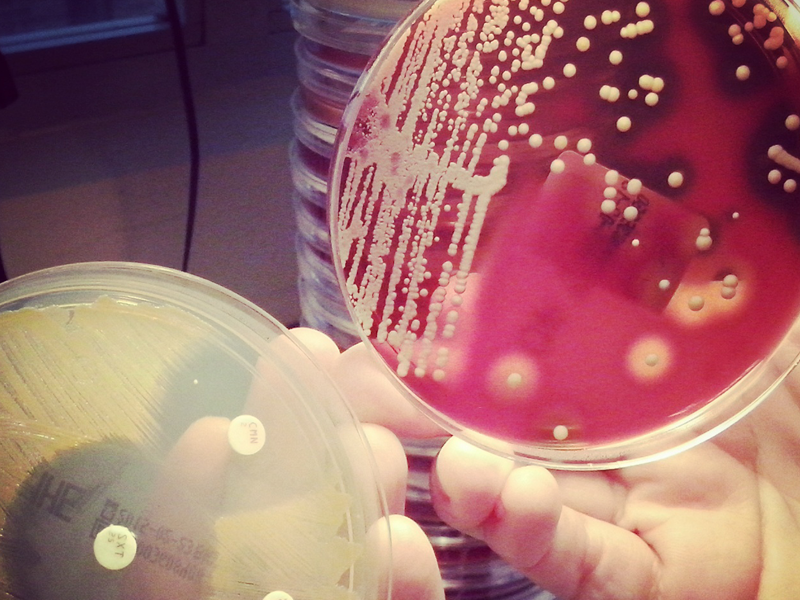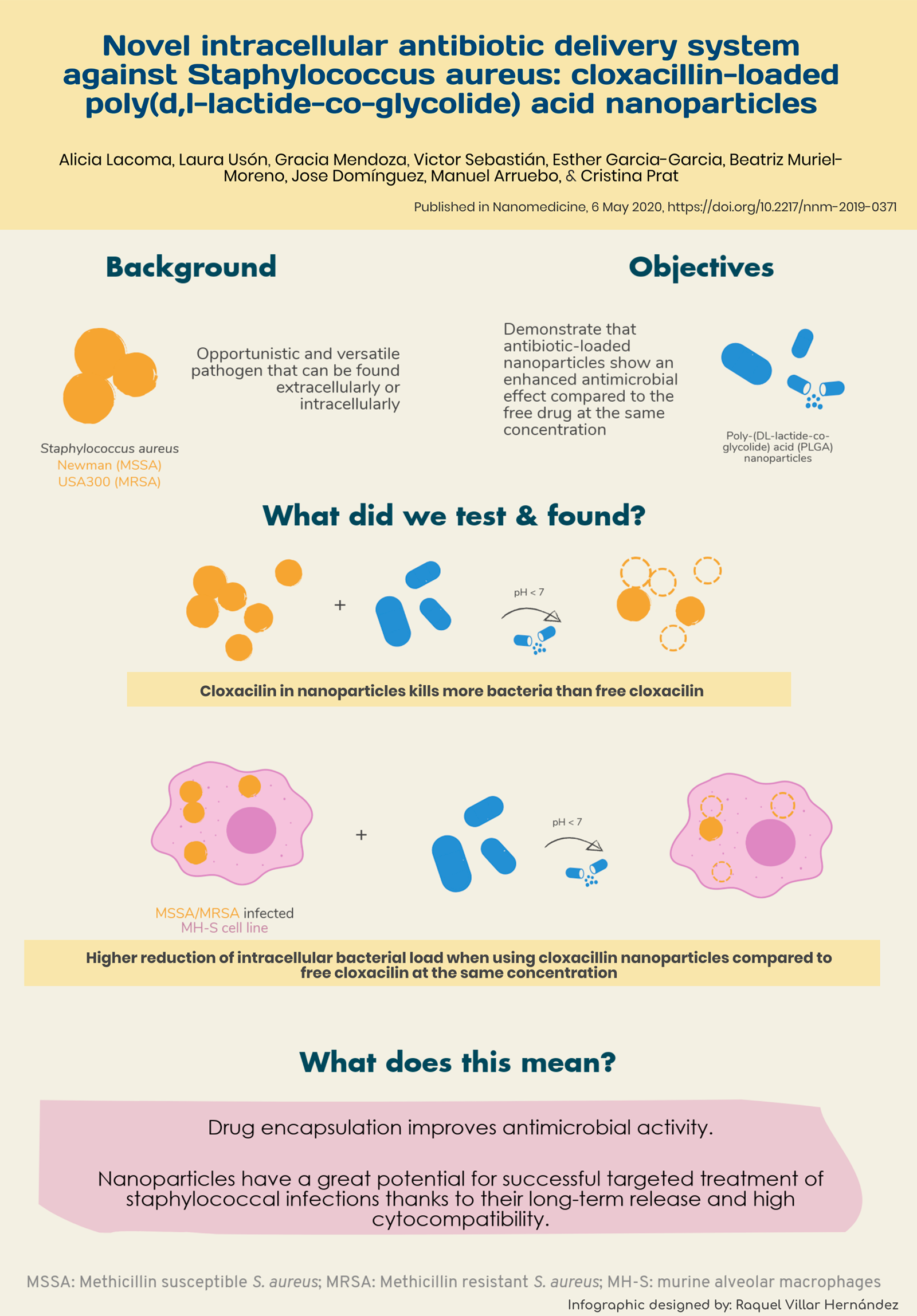Russian doll drug delivery technology is also effective against Staphylococcus aureus infections

In 2019 the Innovation in Respiratory Infections and Tuberculosis Diagnosis Group published work on encasing the antibiotic rifampicin in nanoparticles of poly-lactic-co-glycolic acid (PLGA) so that more of the drug reached its target than by administering the drug alone. They used a model that simulates oral drug delivery. This demonstrated that the nanoparticles shield the antibiotic from stomach acid, which normally destroys up to 25% of the dose, allowing them to reach the blood stream and slowly release the treatment. In this case rifampicin was used to treat Mycobacterium tuberculosis, which causes tuberculosis.In this new work, a very similar technology was used, but this time to treat Staphylococcus aureus bacteria with the drug cloxacillin. S. aureus is a common microorganism that is found in the upper respiratory tract of 30% of healthy individuals, but can cause a variety of conditions, from cases of people who are carriers, but show no symptoms to life-threatening conditions such as sepsis. More importantly, methicillin-resistant S. aureus (MRSA) is causing an increasing number of infections which are untreatable with standard antibiotics, especially in hospital settings.
In the new study, Cristina Prat-Aymerich and José Domínguez's team of the IGTP again worked with Manuel Arruebo research Group from the University of Zaragoza. The work is a collaborative project between CIBERES, CIBERBBN and SEPAR. The paper is published in Nanomedicine.
"This second study is important as it shows that this technology has the potential for use against different types of bacteria," explains Alicia Lacoma, postdoctoral researcher of CIBERES at IGTP, the first author on the study. The drug-containing nanoparticles show good antimicrobial activity in acid and neutral conditions. They release the antibiotic slowly and do not damage surrounding cells. "This technology is not only effective against MRSA, but its widespread use could allow a targeted action of the antibiotics only at the site of infection, this would further reduce the expansion of resistant bacteria and the side effects. The next step is to compare the effect of cloxacillin alone or loaded within nanoparticles on susceptible and resistant S. aureus in a mouse pneumonia model," she concludes.

Original paper
Novel intracellular antibiotic delivery system against Staphylococcus aureus: cloxacillin-loaded poly(d,l-lactide-co-glycolide) acid nanoparticles
Alicia Lacoma et al, Nanomedicine, Published Online:6 May 2020, https://doi.org/10.2217/nnm-2019-0371
